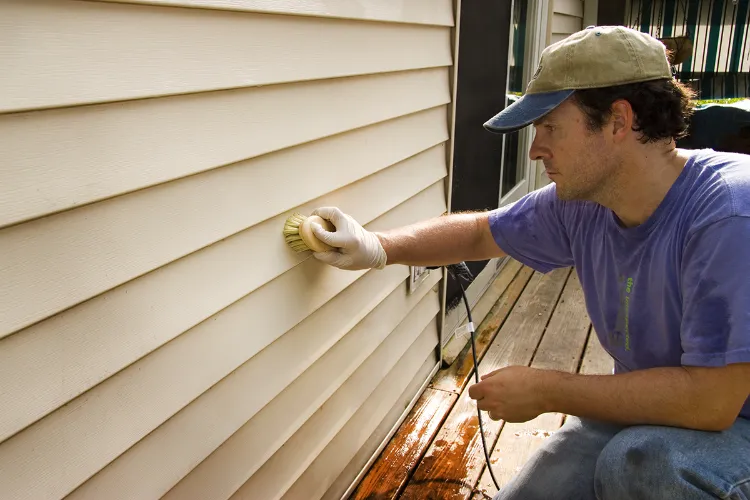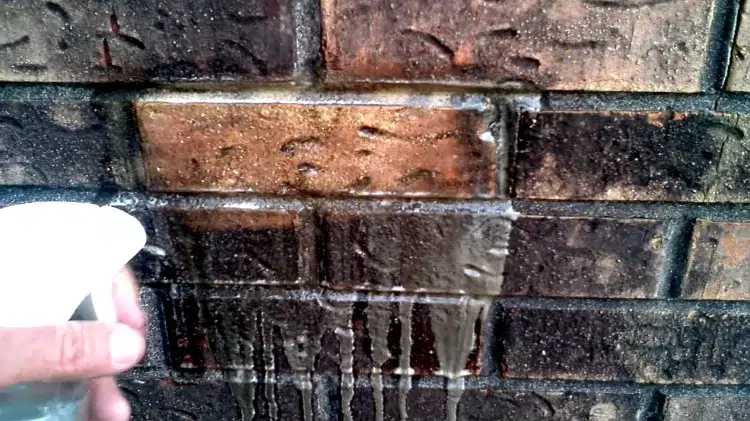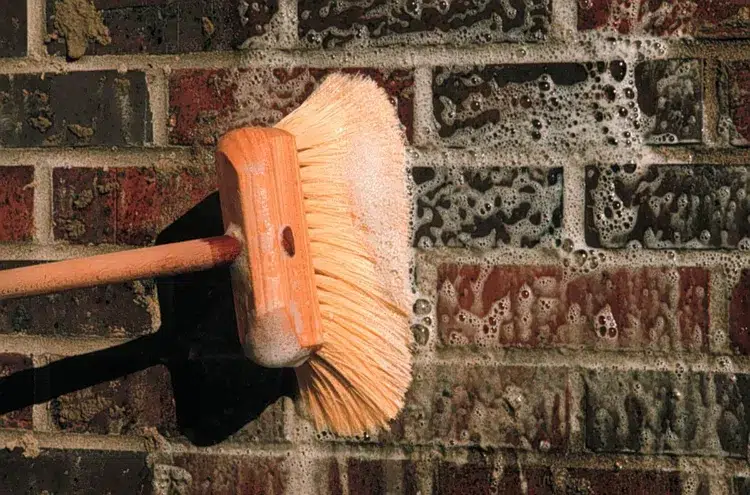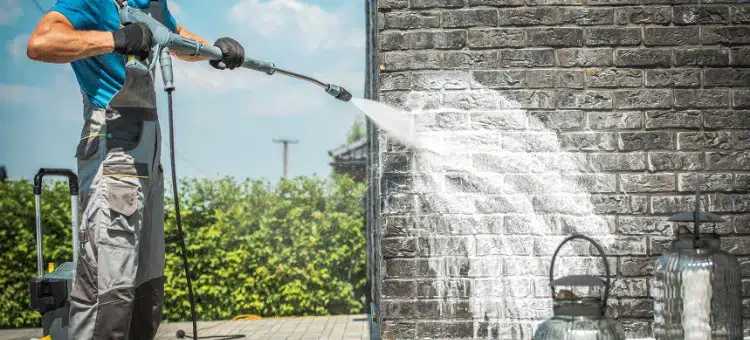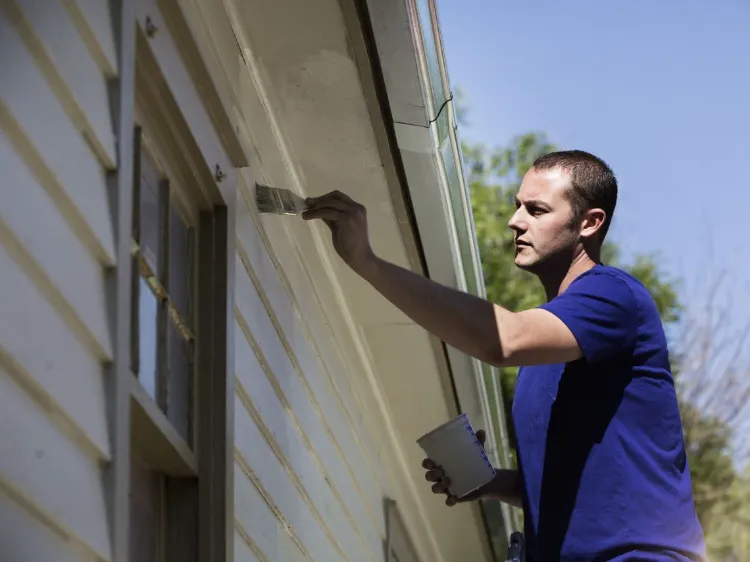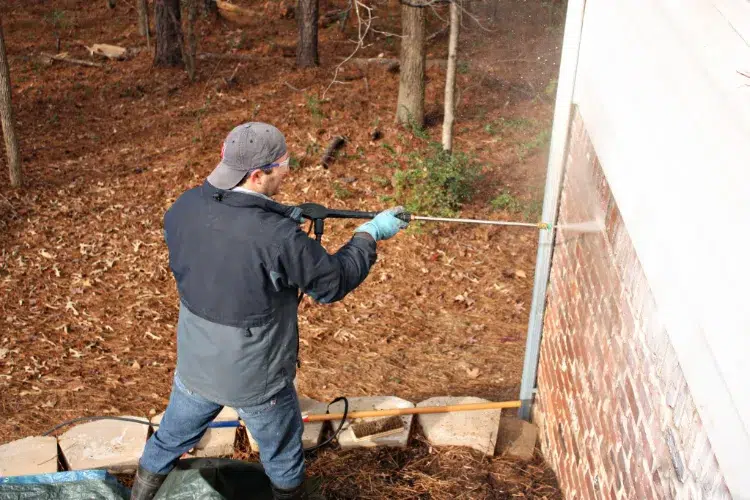Summer has arrived and it’s high time to think not only about physical well-being, but also about the hygiene of our homes. Yes, there are lots of tasks to check in the yard, not to mention that the front of the house or the grounds of our property need cleaning too. But how do you do it without damaging your equipment and breaking your back in the process? In other words, how do you clean a very dirty exterior wall?
The Importance of Cleaning the Facade or Enclosure
Knowing how to clean a very dirty exterior wall is important not only for aesthetic reasons. The cleaning of the facade aims to eliminate lichens, mosses and remove mold, thus preventing damage to the property. Similarly, good scrubbing is sometimes essential, especially if the surface in question is to be repainted, as paint will not adhere well to unclean material. So, how to proceed?
How to Clean a Very Dirty Exterior Wall in Stages?
The first step to cleaning a very dirty exterior wall properly is to sweep the large debris. So remove dust, cobwebs, trapped leaves and any other dirt visible to the naked eye. For this purpose, use a push broom or other similar tool with a long or telescopic handle.
Mold Treatment
The following step is not obligatory, but it is strongly recommended in case of black spots on the facade which may indicate the presence of mold. Treat the affected areas with white vinegar, diluting it with 50% water, in the case of delicate plaster. Using a solution with coarse salt or baking soda is another common option. These products should be left to act for several hours, then rinsed off and after that you need to let the façade or wall dry. You can also use a prefabricated anti-foaming agent, especially if you think your wall’s coating is not very resistant.
What Cleanser to Use?
Dilute a mild detergent in water or choose a cleaning product that specifically matches the material of your walls, their plaster (and existing paint, if present). Apply it with a brush, paying particular attention to visible stains, corners and other particularly dirty areas.
Finally, make sure all the windows are closed and rinse the surface with clear water to remove any residual dirt and detergent. You can use the push broom soaked in clean water, a low pressure cleaning system or your garden hose.
How to Clean an Exterior Wall Before Painting According to Its Material?
If you intend to repaint or varnish after cleaning, follow these same steps, but make sure the wall or facade is completely dry before applying anything that will seal it. The rest depends on the material, coating or cladding used.
Clean an Exterior Concrete Wall
Concrete walls are among the least fussy to clean, and you can use even ordinary detergent and a long-handled brush for this. Washing with bleach is also possible, but you must first dilute it with tap water in a 1:1 ratio to avoid discoloration of the cement.
What About Wood Siding?
For walls covered with wood siding or other delicate materials, use products and tools specially designed for cleaning. Avoid harsh chemicals, abrasive products and high-pressure cleaners, which can damage the siding.
Cleaning Exterior Brick Walls
Cleaning an exterior brick wall seems like a simple task, but brick is actually porous and the joints are vulnerable to excessive pressure. Use low pressure and a specialized detergent for masonry and joints.
Stucco or Other Delicate Plaster Surfaces
The situation with stucco cleaning is very similar, as surfaces covered with this material are usually a little more delicate than the rest of the building. Test your stucco cleaner in a less visible area to make sure it’s compatible. Again: avoid high-pressure cleaning.

